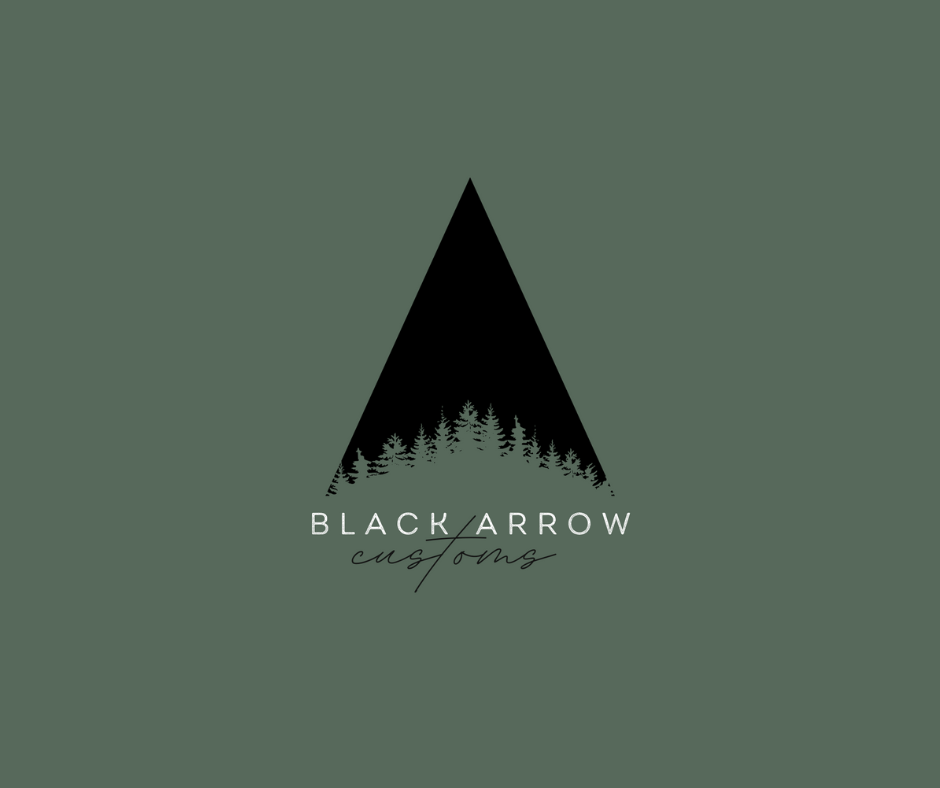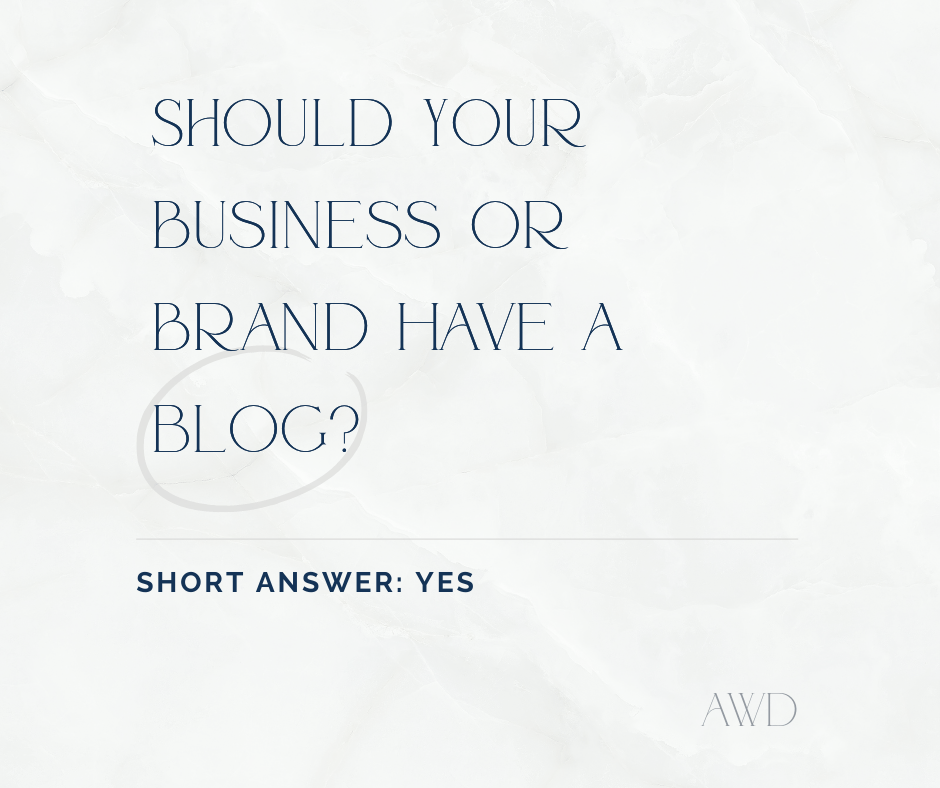As a small business owner or entrepreneur, this can be a confusing aspect of starting a business. You may have a solid business idea or blogging concept and you know that being on social media, sending emails, and engaging with customers helps your business grow. But, you’re having difficulty creating content and staying consistent.
This is where branding plays an essential role in your business. Branding is the message you want to convey to your audience. It tells them who you are, why you are here, and what it’s like working with you. Being clear on this message is important to attract your target audience to increase engagement and sales. Marketing is the strategic process of getting your message to that target audience. This includes tools such as: Ads, Social Media, Email, Referrals, SEO, Content, Etc.
Defining your Brand Identity
Before you implement a marketing strategy, you first need to define your brand identity. So, how do you define your brand identity? Start with your purpose. Why are you here? You may instinctively think: to make money or have a creative outlet. But, these are reasons that you personally show up, these are not the purposes of your business or blog, although they are a nice side effect.
Next, understand your vision. This takes the purpose a step further by defining what you want to accomplish.
Then, define your value proposition. What do you do? What is your offer?
And finally, get clear on who your target audience is. If your message is for anyone and everyone or is too broad, you may have difficulty creating content that converts customers.
Let’s use an example of a food blogger.
- Purpose: Create and share recipes
- Vision: Help people find simple recipes for a healthier lifestyle
- Value Proposition: Teach people to understand nutrition and how to prepare and plan their meals so they can feel more confident in the kitchen.
- Target Audience: Adults between the ages of 25-65 that have a busy schedule and need help with planning quick meals that can easily be converted from 1-2 servings to 5-6 servings depending on their family size.
This is a very simple example, but it is a great starting point. Once you have established your brand, you can start considering your brand assets and what those look like. Brand assets are tools like your business name, logo, colors, typography, etc. These are tools to keep your brand identity consistent and recognizable.
Create your Marketing Strategy
At this point, you are ready to start creating your marketing strategy. This includes things like how you will promote your business, what social media platforms will be your focus, what type of content you will create, and how often you will post on social media or email your customers. Creating a strategy will help hold you accountable so that you stay consistent and steadily grow your audience/customer base.
If you need help developing a marketing strategy for your business or blog, I do offer marketing services to help you get started. Click the Work with AWD button below to send us a message.






